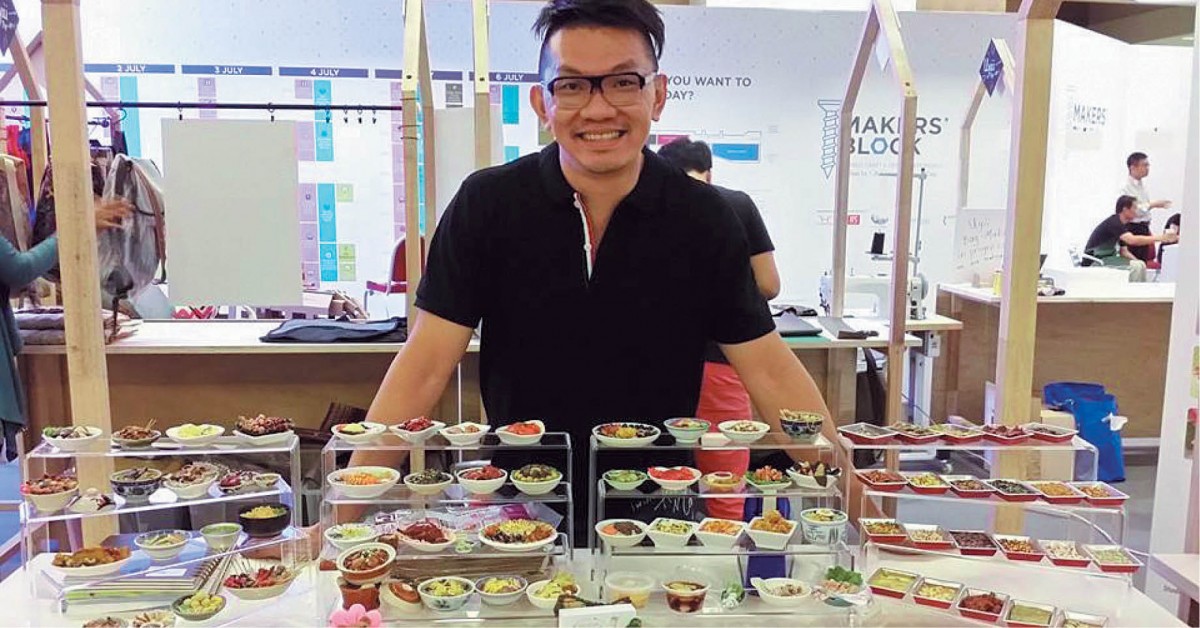
AT first glance, you would probably think, oh that looks pretty delicious! On a closer look, you will realise they may look delectable, but they are not edible. If you are looking for a unique twist to your Chinese New Year decorations instead of the same old ones year in year out, miniature food may be your answer. Eric Siow, a graphic designer and also a certified pastry chef who hails from Kuala Lumpur, shares with TheEdgeProperty.com on how he stumbled into this miniature food-making industry.
“Sometime in 2006, I relocated to Singapore [from Malaysia] for a better job opportunity. I was working as a senior graphic designer during that time and as a creative person, I always looked forward to learning something extraordinary. I learned food miniature from a local miniature teacher in Singapore in 2011 where she made mostly local food such as curry mee, prawn mee and nasi lemak. After a couple of lessons with her, I was obsessed! In 2012, I quit my full-time job, stepped out of my comfort zone and pursued my advanced diploma in patisserie. As a full-time French pastry student, I had more time to practise miniature craft. I gained ground and slowly got noticed,” says Siow, who also holds a Bachelor of Arts (Honours) from the UK.
Siow notes that although there are similarities between miniature and life-size food model-making in terms of their realistic-looking, mouth-watering, and durable characteristics, both are very different in terms of processing, the methods and the materials used.
“I am not very keen on learning 1:1 scale food — the size is big and I don’t have space to display them. Technically it’s not easy to make, and the cost is very high, which is why it is not so much of a hobby. Because of the scale (1:12 international standard scale) [of miniature food], the challenge is to make it small and at the same time look as realistic as the actual food. One of the things I love is seeing people wonder whether they are edible or not,” says Siow.
“First, I need to be sure of what I want to make. I will do my research before starting by visual reference online or actually looking and eating the real food to see what the ingredients are inside, while studying the texture and colours,” explains Siow, adding that some dishes take about three to four hours to make while some may take days.
Siow does not restrict himself to only using clay as his primary tool as it may not create the finishes he wants but he will never use edible materials for his craft-making as it may turn mouldy.
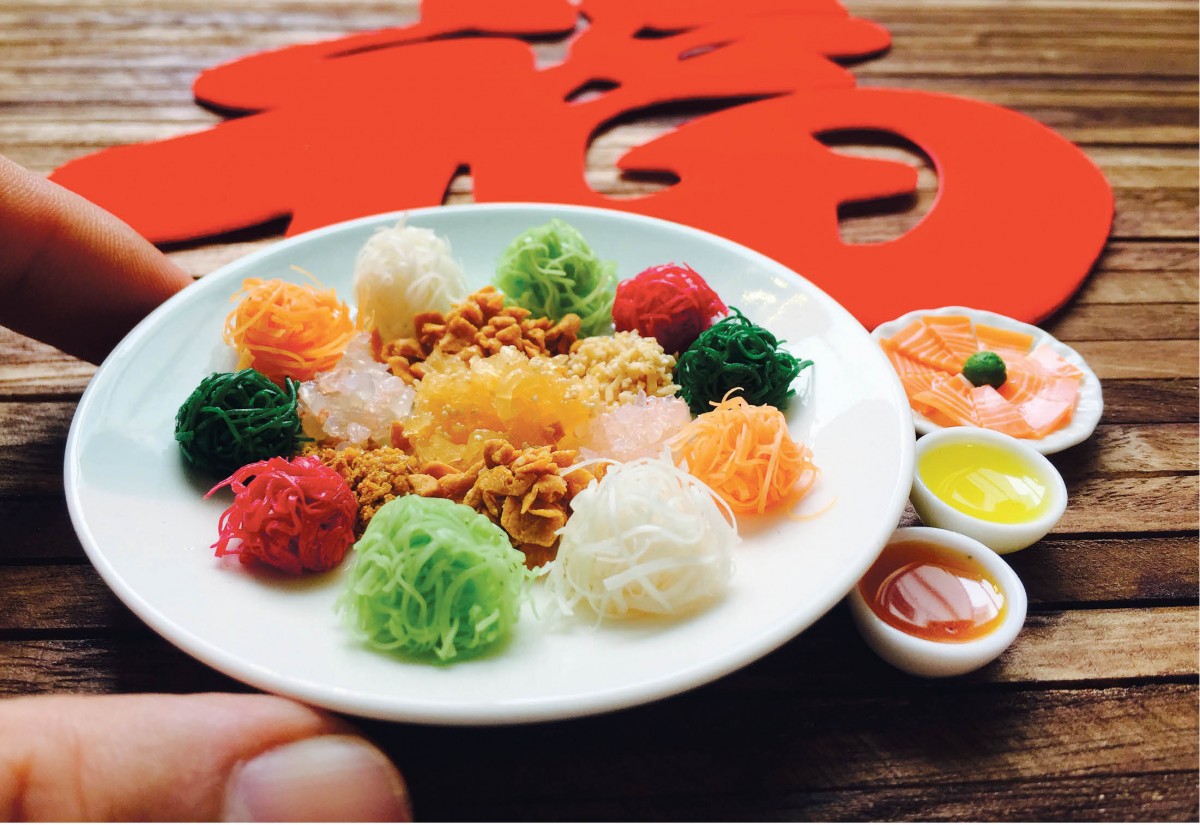
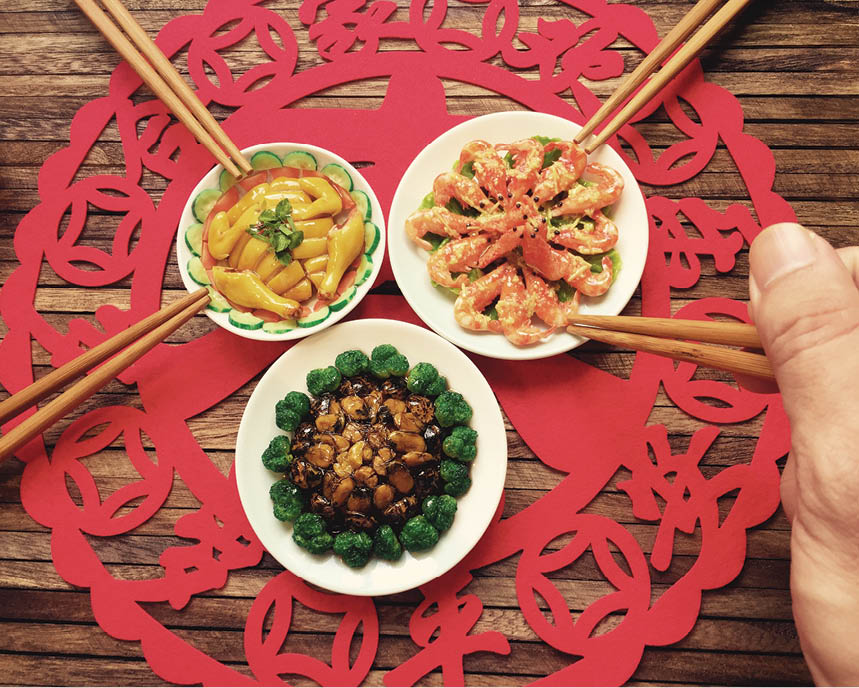

The cost also varies depending on what kind of craft he makes.
“I try to control the cost of each creation, whereby some simple miniatures cost as low as RM1-RM2, or up to RM5-RM10. However, if I make a nostalgic showpiece (for example a Satay stall), the cost could reach at least RM200-RM300 or more,” says Siow.
As much as it is exciting for Siow, he notes that it is not always a smooth ride.
“The obvious challenges are the lack of publicity and misconception about clay craft. People think it is a child’s play/hobby, or a cheap craft that people normally see at a flea market sold at RM10 for three pieces. The general public often overlooks the sophistication of miniature clay craft and, in other words, people are not willing to spend money on them,” says Siow.
Siow currently conducts workshops and sculpting lessons regularly in Malaysia and Singapore where he teaches students from the basic level all the way to the advanced level.
What if you have no time to take the classes but want a piece of his work anyway? The good news is you can buy them.
“Normally I will keep and display most of my food miniatures at home, and also use them as samples/prototypes to show customers. People love to see the real thing instead of just pictures. Occasionally, I participate in art fairs or hobby expos. I do sell some of my ready-made miniatures but if my customers can wait for new creations, I will remake them,” Siow explains.
Siow notes that no two pieces look the same, especially for food such as prawn mee and nasi lemak.
Moving forward, he hopes to be able to work on more conceptual or contemporary miniatures as well as on retro/vintage showpieces.
“My next plan is to build a street of the local pasar malam [night market] scene. In the next two years, my goal is to spread awareness on clay craft in Malaysia. Besides that, I hope to promote my miniatures to tourists by working with the Malaysia Tourism Board; collaborate with corporations, potential designers/artists or organisations; and to be involved in charitable events. Perhaps, I can have my own mini personal exhibition when I am ready,” says Siow.
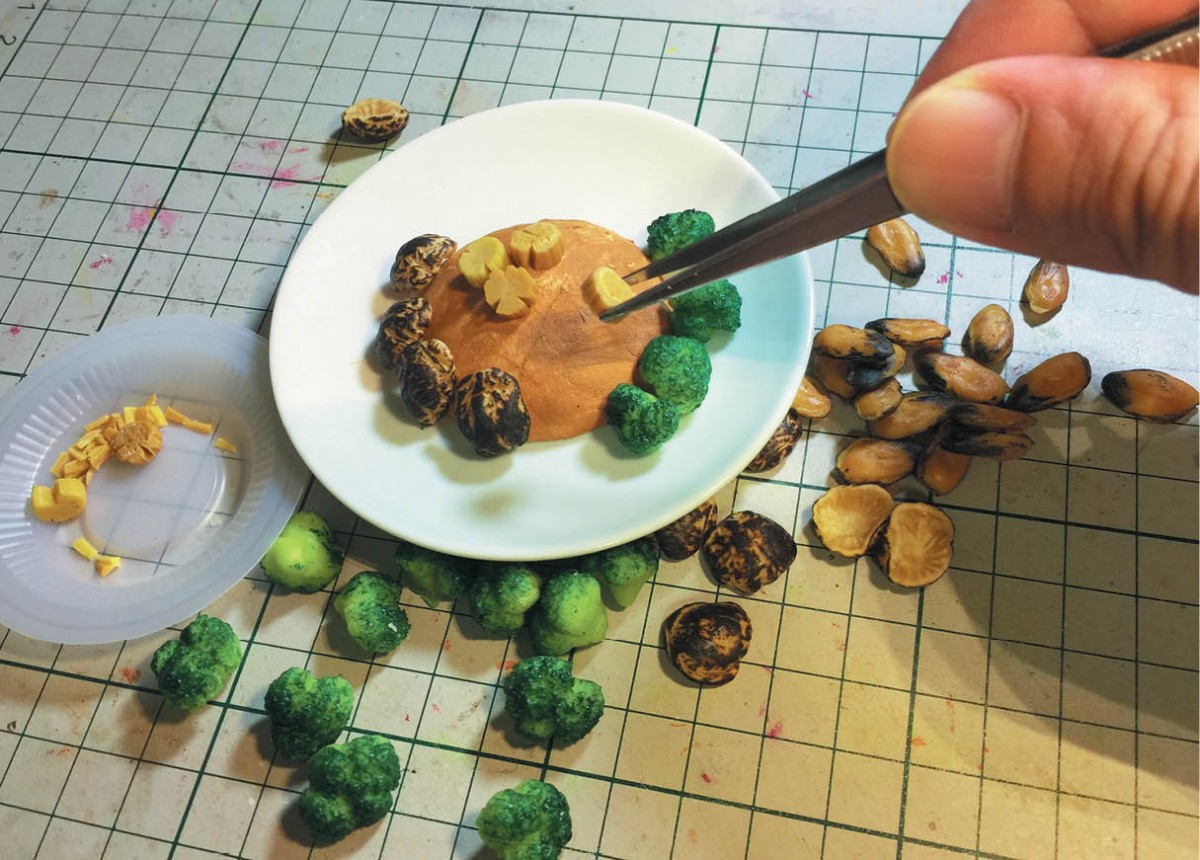
This story first appeared in TheEdgeProperty.com pullout on Feb 3, 2017, which comes with The Edge Financial Daily every Friday. Download TheEdgeProperty.com pullout here for free.
TOP PICKS BY EDGEPROP
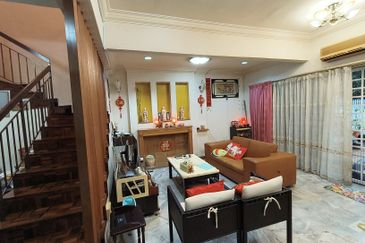
Bandar Baru Sri Petaling
Sri Petaling, Kuala Lumpur

Duduk Huni @ Eco Ardence
Setia Alam/Alam Nusantara, Selangor

Flat PKNS, Seri Kembangan
Seri Kembangan, Selangor
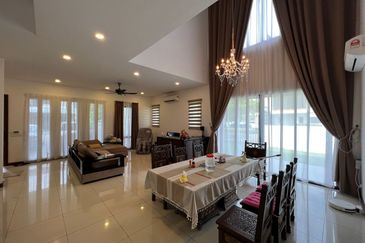
Bandar Rimbayu
Telok Panglima Garang, Selangor

Jalan Taman U Thant 1
Taman U-Thant, Kuala Lumpur

Jalan Taman U Thant 1
Taman U-Thant, Kuala Lumpur







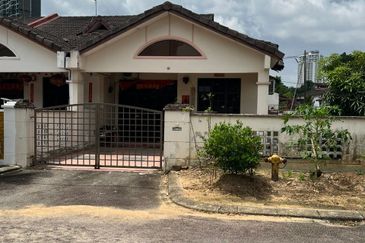







hero.jpg?GPem8xdIFjEDnmfAHjnS.4wbzvW8BrWw)



